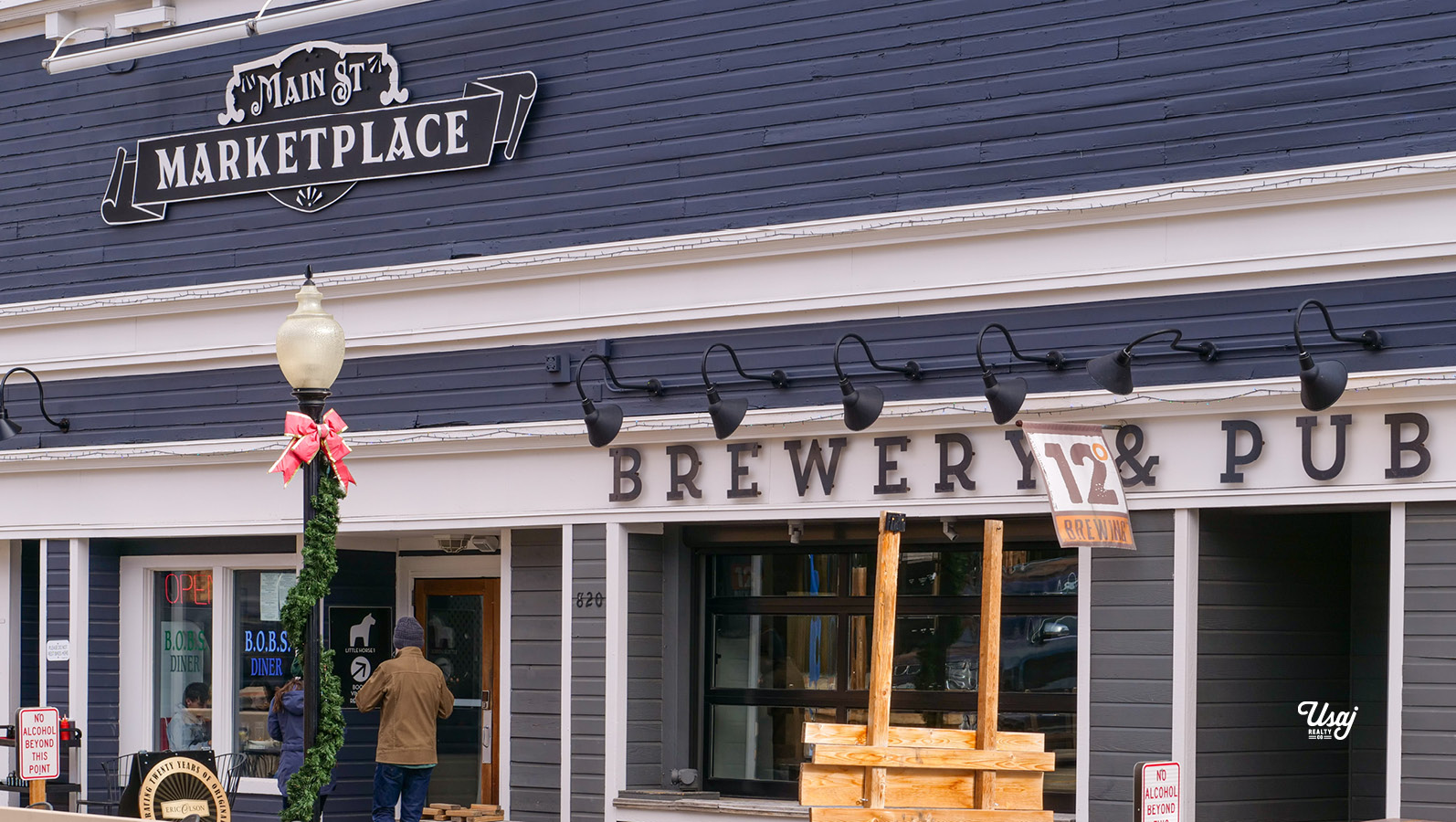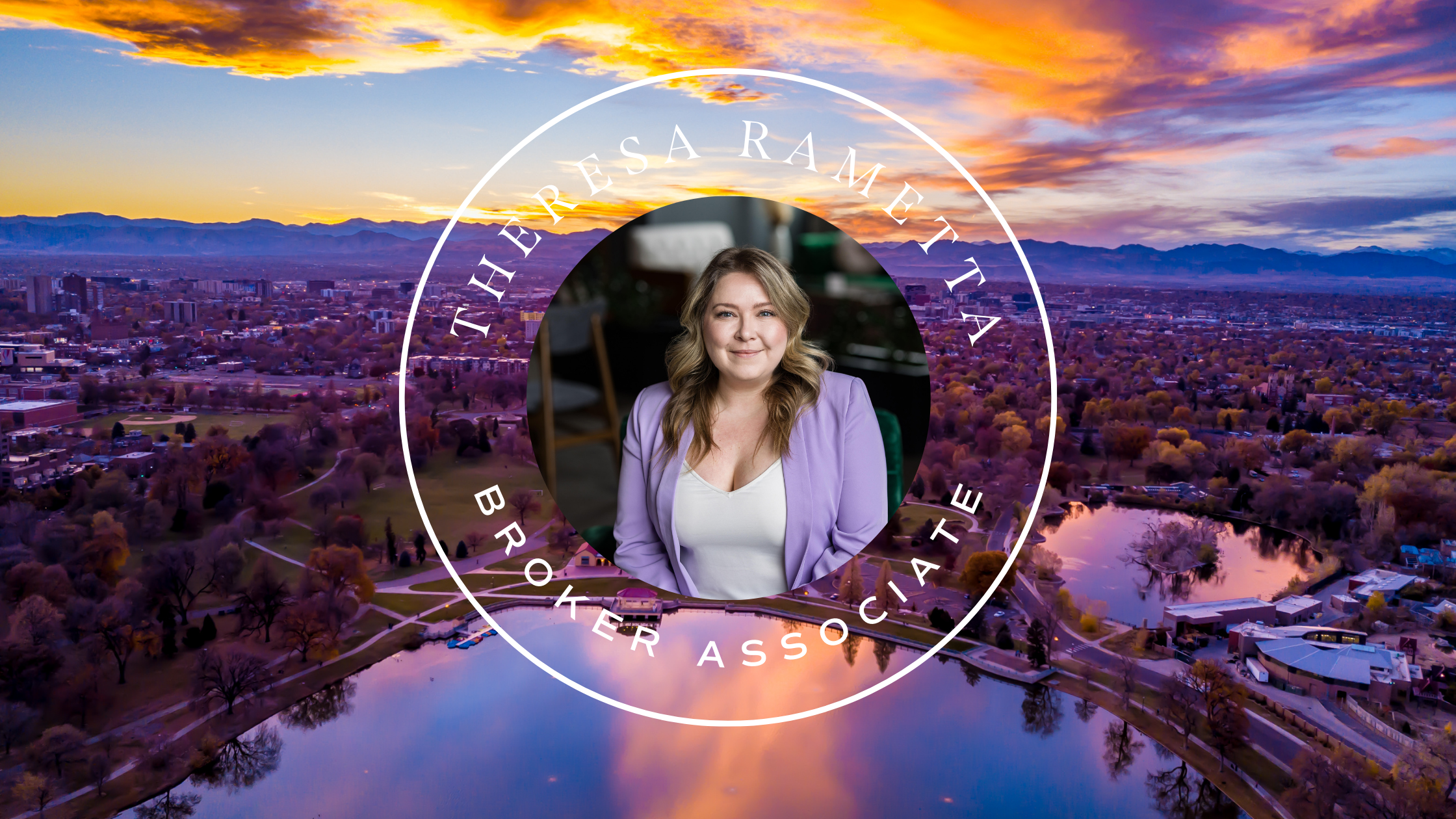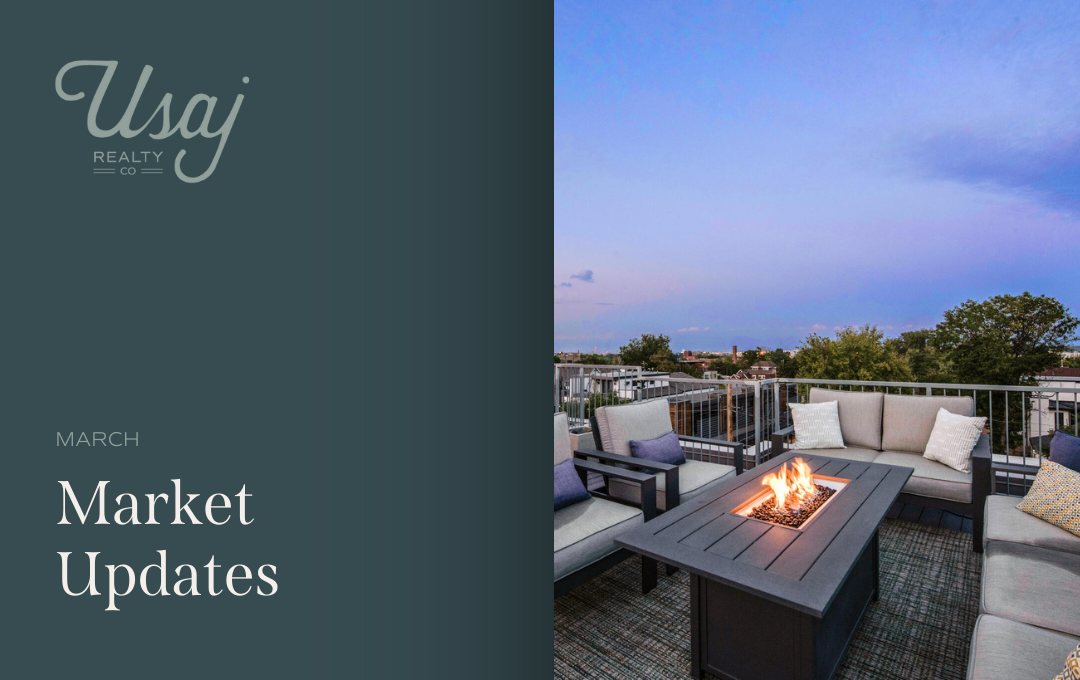Are you looking for the buzz or the suburbs?
It’s the age-old question – to live in the city or the suburbs? Energy vs. calm? Urban vs. open? Quirky coffee shops and boutiques vs. strip malls?
The crumbling urban neighborhoods of Denver’s yesteryear have been renovated, high-density housing has emerged and loft living is no longer peculiar. Despite the pandemic, millennials still relish living close to work and taking advantage of the vibrancy of the city.
While the allure of city living appeals to many, the Denver suburbs continue to welcome former city dwellers, typically as people marry and have children. The prospect of a larger home with a yard, better schools, and a sense of community draw many people outside the city limits, just like generations before.
The urban lifestyle often means increased population density and a lack of adequate outdoor living areas. Families who have been cooped up during the pandemic and were forced to combine remote work with child care may be discovering they need more space. Oftentimes, living in an urban area equates to limited access to open spaces, parks, and areas for exercise and recreation. For families, living in a dense urban area during a pandemic can exacerbate already cramped living quarters.
According to U.S. News, “increased time inside close quarters during the coronavirus pandemic is causing some urbanites to consider moving toward the suburbs.”
Even before the pandemic hit, more and more millennials were finding suburban living increasingly attractive. Seeking a better quality of life, more space, and fewer crowds are usually just a few reasons given for seeking housing outside the urban environs. And once the move is made, many people find they gain more living space (at least an extra 500 square feet), better access to parks, trails, and nature, more house for less money, easier access to grocery stores, and quieter surroundings.
The good news is that Denver’s suburbs are easily accessible; yet close to the city’s entertainment and attractions. On paper, Denver’s outlying communities extend from Castle Rock to Louisville. Any village or city within a 30-minute commute is considered fair game to be called a Denver suburb. Some people even toss Boulder and North Colorado Springs into that category! As Denver has grown, so has the appetite for affordable housing outside the city.
Denver’s suburbs are easily accessible; yet close to the city’s entertainment and attractions!
So what are the most desirable suburbs in Denver and what criteria should one use? Some of the factors to consider when choosing to live outside Denver should include:
- Length of commute
- Housing costs
- Schools
- Property taxes
- Access to recreational areas
- Crime rate
- Proximity to mass transportation
Below are listed what we consider the top five suburbs in Denver using the above criteria. The most weight is given to the school districts which serve the respective communities since the quality of schools is often given as the top reason people move outside the city. How does this list compare to your “best?”
Littleton
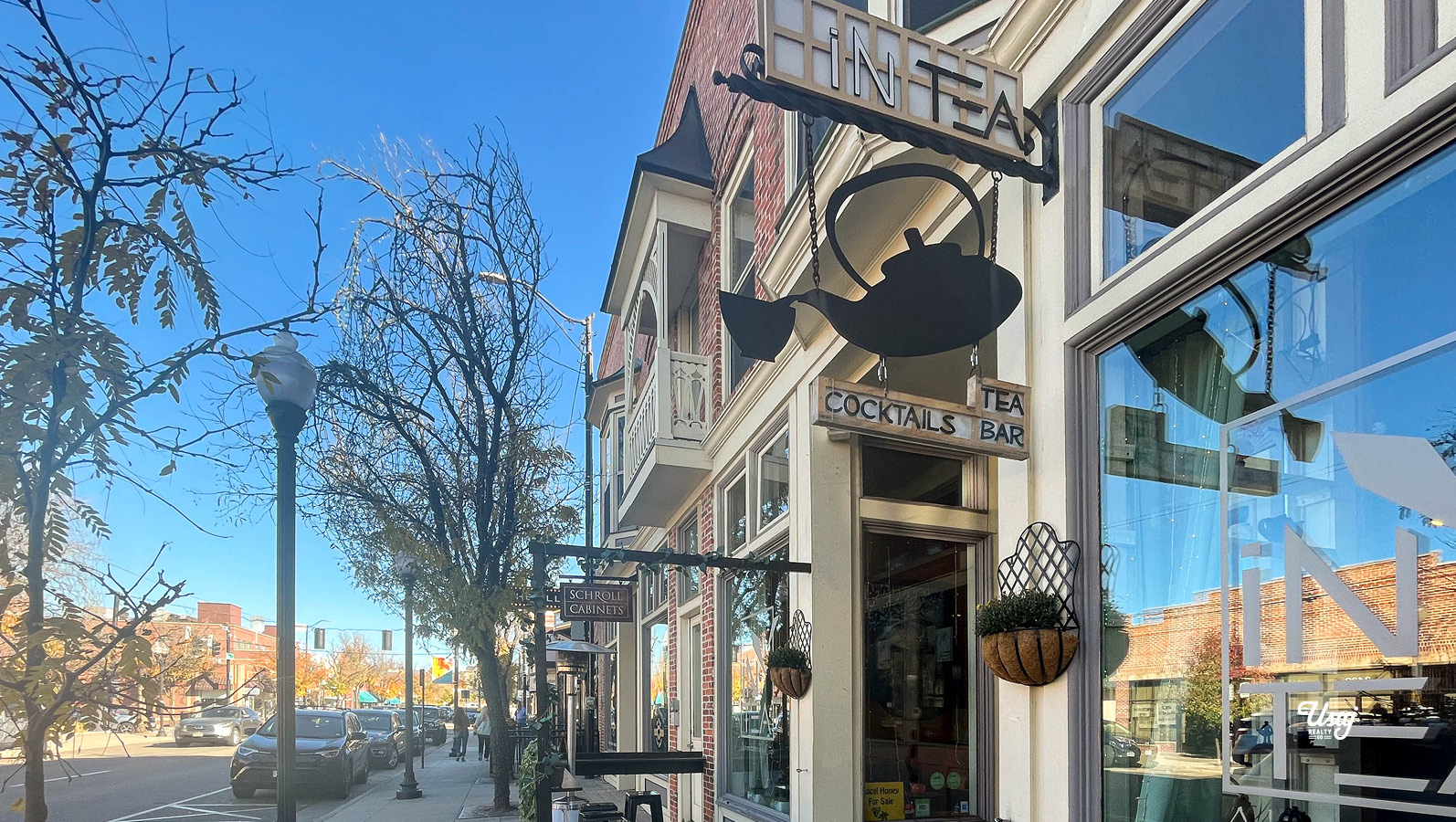
This older established enclave 20 minutes south of Denver has experienced a rebirth over the last several decades with a bustling downtown, brewpubs, incredible access to open space, and a top 10 school district. There is a wide selection of condos, townhomes, and single-family homes with an equally vast range of prices.
Littleton ranks high for its public school system, diversity, and nightlife. Its vibrant downtown area is bustling with activity, regardless of the season or day of the week.
The area was settled by Richard Sullivan Little, an engineer from New Hampshire, who founded Rough and Ready Flour Mill and provided a solid economic base for the community. Today, Main Street in Littleton is home to a wonderful array of boutiques, coffee and tea houses, exceptional restaurants, and modern brewpubs. Having a true “downtown” draws people to Littleton.
The RTD established light rail service to Littleton in the year 2000, providing long-sought-after access to downtown Denver. That line, later named the D line, allows commuters access to downtown while the C line drops people at various spots along the southwest Denver metro corridor including Auraria and Union Station.
Residents in Littleton enjoy rapid access to a variety of recreational opportunities. The Greenway Foundation trail along the South Platte River enables people to bike, run, rollerblade, and walk their dogs for miles along this scenic waterway. Additionally, Chatfield Reservoir is a short 10-minute drive away as is access to the foothills, hiking, and skiing.
The Litteton School District is considered one of the best school district in Colorado. The district features the highly ranked Wilder Elementary (Columbine Valley), Powell Middle Schools (Littleton) and Arapahoe High School (Centennial).
Centennial
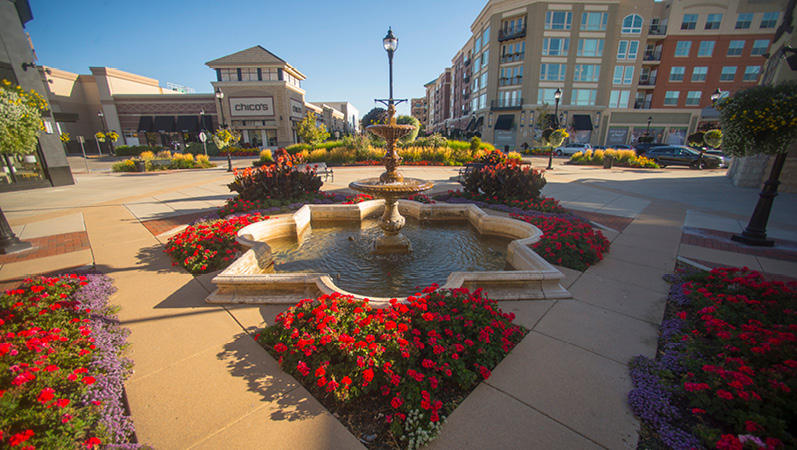
Although randomly spread around the southern Denver metro area, Centennial is still one of the most popular suburbs as evidenced by its population of over 106,000. The city stretches from Broadway to E-470 and follows an irregular pattern including Orchard to the north and County Line to the south, before narrowing east of I-25 and exhibiting a patchwork pattern before stopping shy of Saddle Rock Golf Course. When it was incorporated in 2001, it was the largest of its kind in U.S. history and encompasses 28 square miles.
Centennial is ranked #8 by Niche.com in its latest findings of the best suburbs in Denver. It scores high in its offering of public schools, available housing, family friendliness, and nightlife.
Centennial is home to many large employers and enjoys prime access to RTD’s light rail along both Santa Fe and the I-25 corridor. Although it has no established downtown area, there is a myriad of retail businesses. The Shops at Southglenn, located at University and Arapahoe, is a popular outdoor mall with a combination of small boutiques and larger chain retailers. Additionally, Centennial is adjacent to Southlands Mall in the southeast area of the metro area and Park Meadows, off County Line and I-25.
Due to its sheer size, Centennial is served by both Littleton and the Cherry Creek School District. Cherry Creek boasts top-rated Cottonwood Creek, Willow Creek and Homestead Elementary Schools, Campus Middle School, and Cherry Creek High School.
Residents of Centennial enjoy unparalleled recreational opportunities with miles and miles of open space and trails. From the High Line Canal on the west side to Parker Jordan Centennial Open Space on the east, there are well over 100 miles of trails. People enjoy easy access to the Family Sports Center, the award-winning Centennial Center Park and Top Golf.
Highlands Ranch
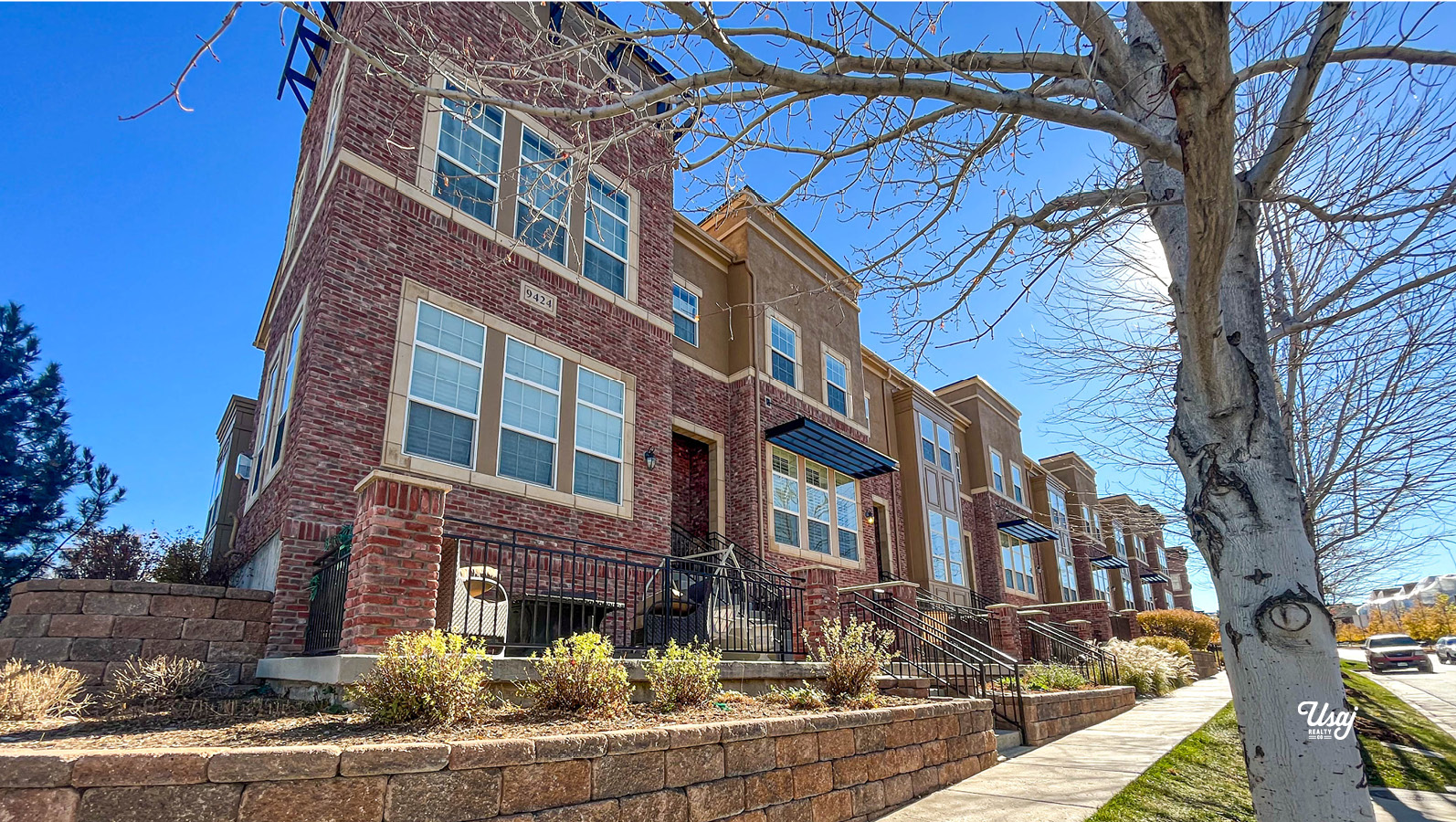
Highlands Ranch has emerged from its “sprawl” image to one of livability. As a planned community that welcomed its first homeowners in 1981, the area has exploded to include an area of over 24 square miles and a population of 100,000.
This sought-after neighborhood was recently recognized by Zillow as the third most popular ranked suburban housing market for the first quarter of 2022, according to a recent report from the Seattle-based company. Zillow analyzed page-view traffic, home value growth and for-sale inventory for more than 1,000 cities to create the list. Woodinville, Wash., a suburb of Seattle, topped the list,
Located south of C-470, Highlands Ranch boasts a wide variety of home styles, a multitude of green belts that segue through neighborhoods, beautiful vistas of the Front Range and well-placed parks. It stretches from Santa Fe all the way to Quebec Street.
Highlands Ranch enjoys its #7 ranking among the best Denver suburbs according to Niche.com. It scores high for its schools, housing, and opportunities for families.
Although there are now many small and large businesses located in Highlands Ranch, it is still considered a bedroom community as the majority of residents commute to downtown Denver or nearby Lone Tree, Meridian Office Park and the Denver Tech Center. The RTD light rail serves the area with both the I-25 and Santa Fe corridor lines. Furthermore, remote work opportunities are abundant, which has prompted many to elect for suburban homes that provide more inside and outside space.
Despite its size, Highlands Ranch is still unincorporated and is governed by a three-member board of commissioners. It is home to seven public and charter high schools, several of which are highly ranked. Valor High School, a private school in Highlands Ranch, has been a National Blue Ribbon award winner.
Louisville
From its roots as a rough and tumble mining community to a now respectable suburb, Louisville has emerged as a desirable city for individuals and families alike. Located in the rolling plateaus of southeastern Boulder County, the city has a historic downtown which includes the venerable 740 Front, the last remaining saloon of the original 13 that used to line Front Street.
With its lofty perch atop the Davidson Mesa, Louisville residents enjoy unmatched views up and down the Front Range. Despite its rapid growth, there are still over 1,000 acres of open space and countless ponds, lakes and streams to enjoy in Louisville.
Louisville stands at #9 in Niche.com rankings of best Denver suburbs. It is known for its family-friendliness and good schools.
Since the early 1980s, Louisville has seen tremendous growth, nearly quadrupling in size. The population estimate is now over 20,000 people and those residents enjoy 26 city parks, 26 miles of bike paths and trails and an award-winning library. Over the years, Money Magazine has consistently given Louisville high marks for its livability rankings.
There are six public schools, six private schools and it is home base to several high-tech companies. Residents typically commute to Boulder, Broomfield and Denver, taking advantage of the RTD light rail (Westminster station) and express bus lines
Greenwood Village/Cherry Hills Village
There is no doubt the price of homes in these neighborhoods will keep the majority of the populace from ever living in the two communities but for those who do, the benefits are extraordinary. Although the two villages are very different, they both offer incredible benefits including access to great schools, an exceptional sense of community, entry to wonderful trails and open space, and easy access to RTD light rail. The trade-off is having higher property taxes, a large percentage of which funds the Cherry Creek School District.
Greenwood Village
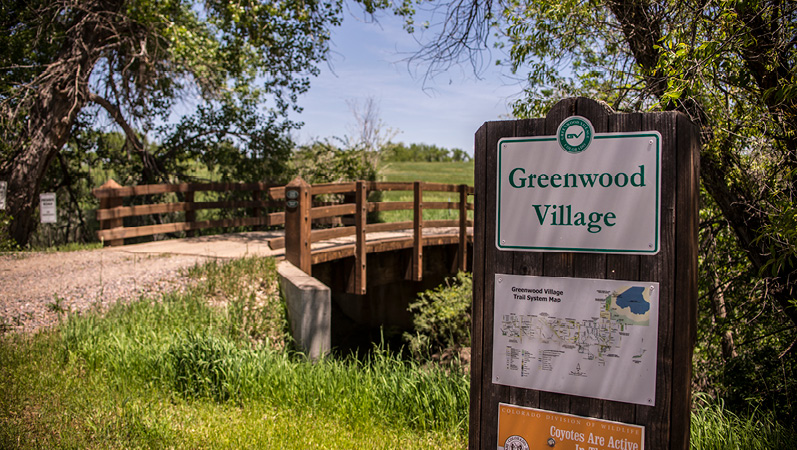
Greenwood Village was incorporated in 1950 and named after the historic Greenwood Ranch, which occupied a huge acreage including the present-day Glenmoor development (in Cherry Hills Village) and The Preserve (Greenwood Village). Encompassing a little over eight square miles, Greenwood Village has a population of over 14,000, and households show a median income of $116,000.
Niche.com ranks Greenwood Village #5 in the best Denver suburbs standings. It scores high for schools, families and nightlife.
Like most suburbs, it has an irregular map but spans from roughly University to Havana, and Belleview to Orchard. The community is quite diverse featuring stately homes, towering condominium buildings, older and brand new apartment buildings, and a range of commercial ventures in locations ranging from strip malls to the venerable Denver Tech Center. In fact, the DTC provides an enormous tax base for the community, and as a result, you’ll find beautiful parks and landscaping, and plentiful jobs within a short commute.
From the High Line Canal to Cherry Creek State Park, the residents have a multitude of recreational opportunities including miles of trails for hiking and cycling, top-notch parks and playing fields, and even a skateboarding park.
Top-rated schools in Greenwood Village include Greenwood and Cottonwood Creek Elementary, Campus Middle, and Cherry Creek High.
Cherry Hills Village
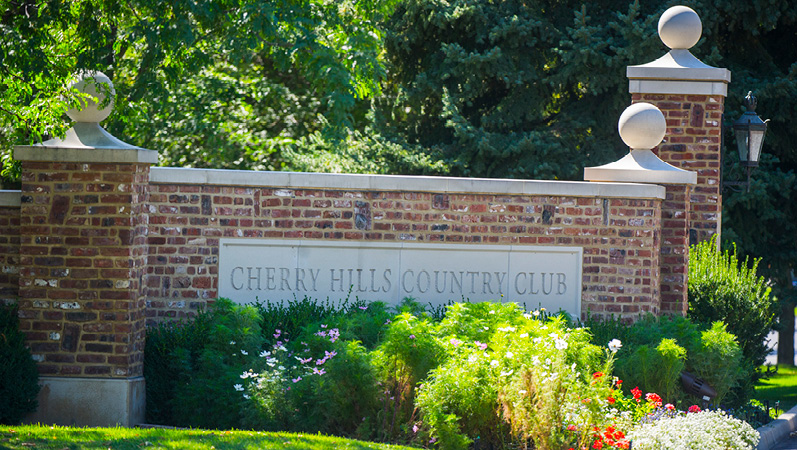
Cherry Hills Village has been the coveted suburban neighborhood since its origins in 1945. The community was established as a purely residential area with no commercial operations (the only exceptions being a minuscule strip mall, private country clubs, tennis and swim clubs, and churches). The residents enjoy tree-lined streets, horse pastures, bridle paths, the High Line Canal, and numerous creeks and open space. This idyllic neighborhood boasts massive new homes, ranch homes from the 50s, cottages, and contemporary masterpieces, all unique and most pricey.
Cherry Hills Village is #14 on the list of best Denver suburbs according to Niche.com. It scores high for schools and its focus on families.
Bounded by Hampden to the north, Belleview on the south, Clarkson to the west, and roughly Monaco on the east, Cherry Hills offers privacy, whether through gated communities or large acreage. Many homes sit on lots of at least an acre and numerous have beautiful views of the Front Range. People typically know their neighbors and many have lived in the area for decades. In Old Cherry Hills, there are yearly holiday get-togethers and each neighborhood typically looks out after their own.
The Village has an elected mayor and city council that serve the 6,300 people in the community. Like Greenwood Village, Cherry Hills is located within the Cherry Creek School District. Children may attend top-rated Cherry Hills Village Elementary or a number of private schools that are within a five-mile radius. Older kids attend West Middle School and Cherry Creek High School.
(Editor’s note: This blog was originally published in May 2020. It has been updated and edited to provide current information).

